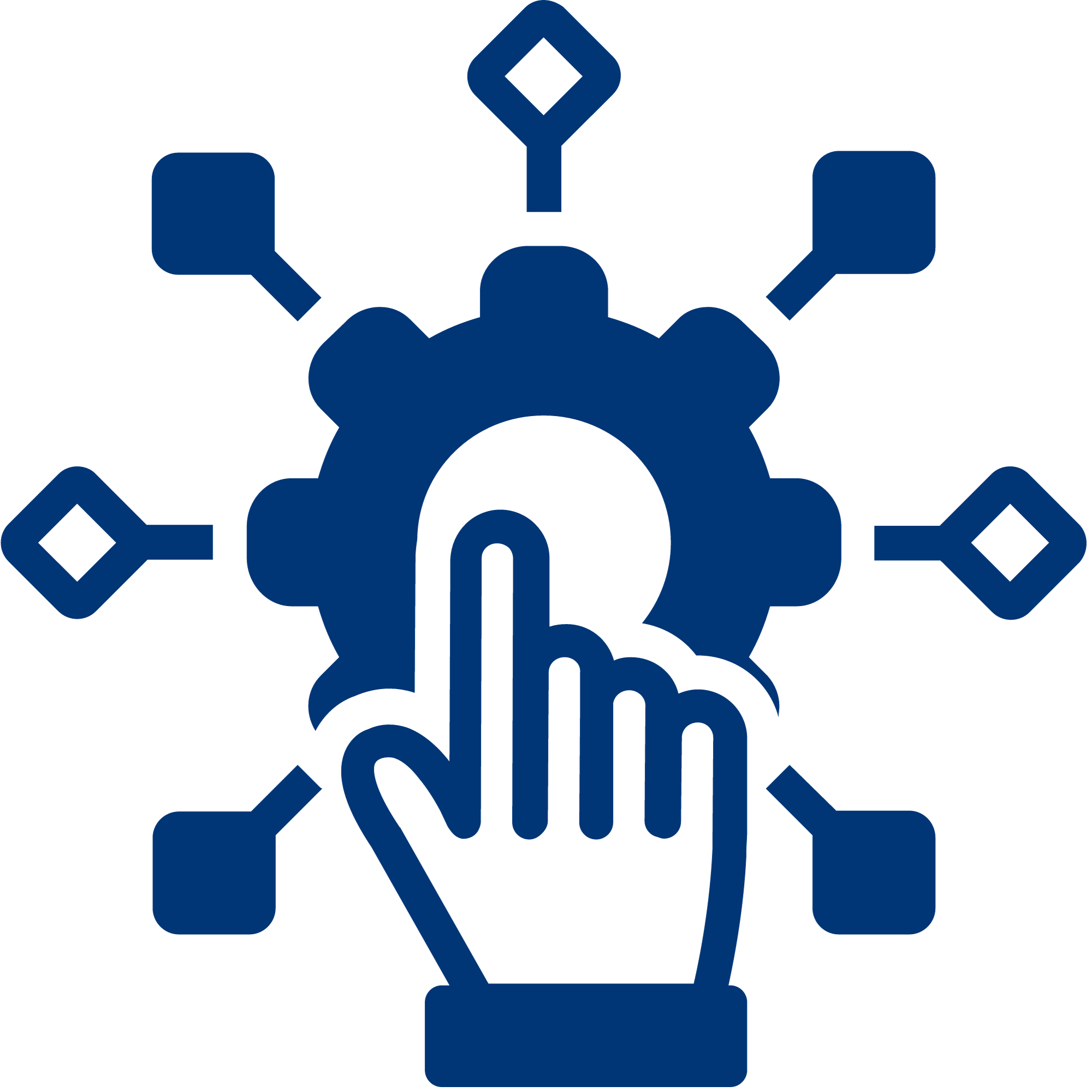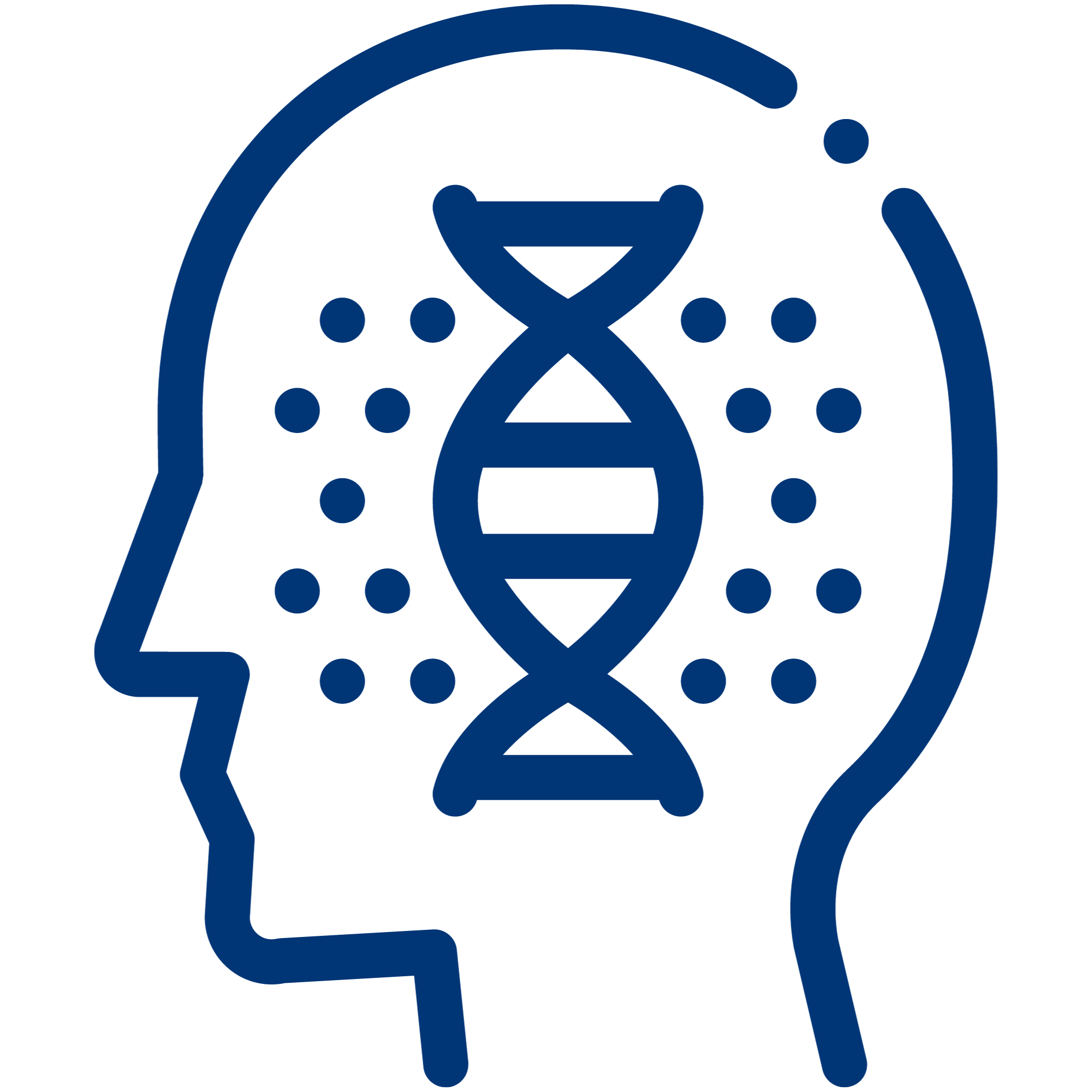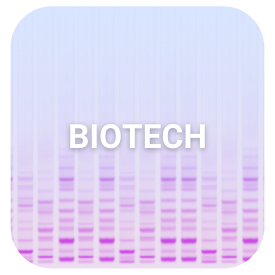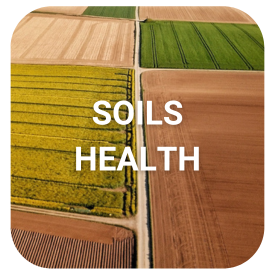Long-read sequencing, also known as Single Molecule Sequencing (SMS), is at the core of 3rd generation sequencing.
Powered by Oxford Nanopore Technologies (ONT) and Pacific Biosciences (PacBio), this 3rd generation technology enables the sequencing of large DNA or RNA fragments (theoretically infinite), whereas short-read technologies were limited to fragments of up to 600bp.
Using these 2 technologies, GenoScreen offers you an even more precise response to your genomics and metagenomics needs. In addition to having access to PacBio technology, GenoScreen has been certified as a service provider by Oxford Nanopore Technologies since 2022.
The benefits of long-read sequencing in genomics
Resolve repeated regions and facilitate genome assembly
DNA sequences often contain repeated regions that challenge traditional sequencing techniques. Long-read sequencing can read through these repeats, providing better resolution of complex genomic regions.
Detect structural variants
Structural variants are large variants, such as inversions, duplications or translocations in eukaryotic genomes, which modify the topology of the genome and can have significant phenotypic effects.
Improve taxonomic resolution in metagenomic studies
In metabarcoding, it is essential to accurately identify the species present in a sample. Long-read sequencing enables longer sequences to be read, increasing the accuracy of taxonomic identification using specific genetic regions. Certain species may have similar genetic sequences in these regions. Long-read sequencing enables these closely related species to be distinguished more effectively by reading longer fragments of their DNA, such as the complete sequence of the gene encoding 16S ribosomal RNA, the classic marker used in metabarcoding.
Facilitate transcriptomic and epigenetic analyses
Long-read sequencing has the additional advantage of natively detecting epigenetic modifications in genomes, by highlighting methylation markers at certain nucleotides. Moreover, this technology makes it possible to identify the isoforms of transcripts generated by alternative splicing during transcriptomic analyses, without the need for specific prior treatment of samples.
Long-read sequencing applications
Explore microbial biodiversity with long-read sequencing
At GenoScreen, our expertise is based on the in-depth study of microbial communities using metagenomic approaches. We offer you an innovative approach using full-length sequencing of the 16S gene with our Hi-Res metagenomic approach. This methodology enables more precise taxonomic identification, with the ability to distinguish bacteria not only down to species level, but sometimes even down to strain level for unprecedented resolution. Discover how our advanced technology can open up new perspectives in microbial exploration.
Long-read sequencing to better characterize genomes
Whole genome sequencing (WGS), a fundamental approach in genomics, benefits greatly from the capabilities of long-read sequencing. This technology unables the sequencing of long DNA fragments, whether used in isolation in long-read mode, or in combination with short-reads. When used exclusively in long-read mode, it becomes a powerful tool for the detection of structural variations and the generation of continuous assemblies. From circularity for bacteria to chromosomal scale for small eukaryotes, long-read sequencing brings increased precision and resolution. When combined with short-read sequencing, long-read sequencing achieves the highest levels of accuracy. This combination of short- and long-reads produces complete and highly accurate de novo assemblies, with a wide range of applications, including the generation of reference genomes.
Enhance Quality Control with Plasmid Sequencing
In the field of molecular biology, plasmids play a key part. They are used for a wide range of applications, from protein production to genome engineering and gene therapy. Ensuring the integrity of plasmids is crucial, and this is where long-read sequencing comes in. Unlike traditional Sanger sequencing methods, which only test a restricted part of the plasmid, long-read sequencing enables a complete and simultaneous analysis of the backbone and inserts. It is therefore possible to validate plasmid structure, correct insertion and insert sequence. At GenoScreen, we offer you the opportunity to strengthen your quality control with Oxford Nanopore Technologies' cutting-edge technology.
Discover long read applications for...
GenoScreen’s commitment : To provide an exceptional customer experience for your sequencing needs.

Support: Dedicated technical and scientific team, available to understand your needs and provide the proper solution.

Adaptability: Adapted methods and customized solutions fitting your project.

Expertise: More than 20 years of research and study on microorganisms and molecular microbiology : DNA is our DNA.

Reactivity: our teams are mobilized to respond as quickly as possible to your needs, and to provide you with the support you need even after the results have been delivered.

Transparency : From clear, detailed quotations to the provision of "materials and methods", you will have everything you need for your scientific publications.
This email address is being protected from spambots. You need JavaScript enabled to view it.



